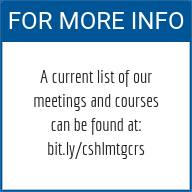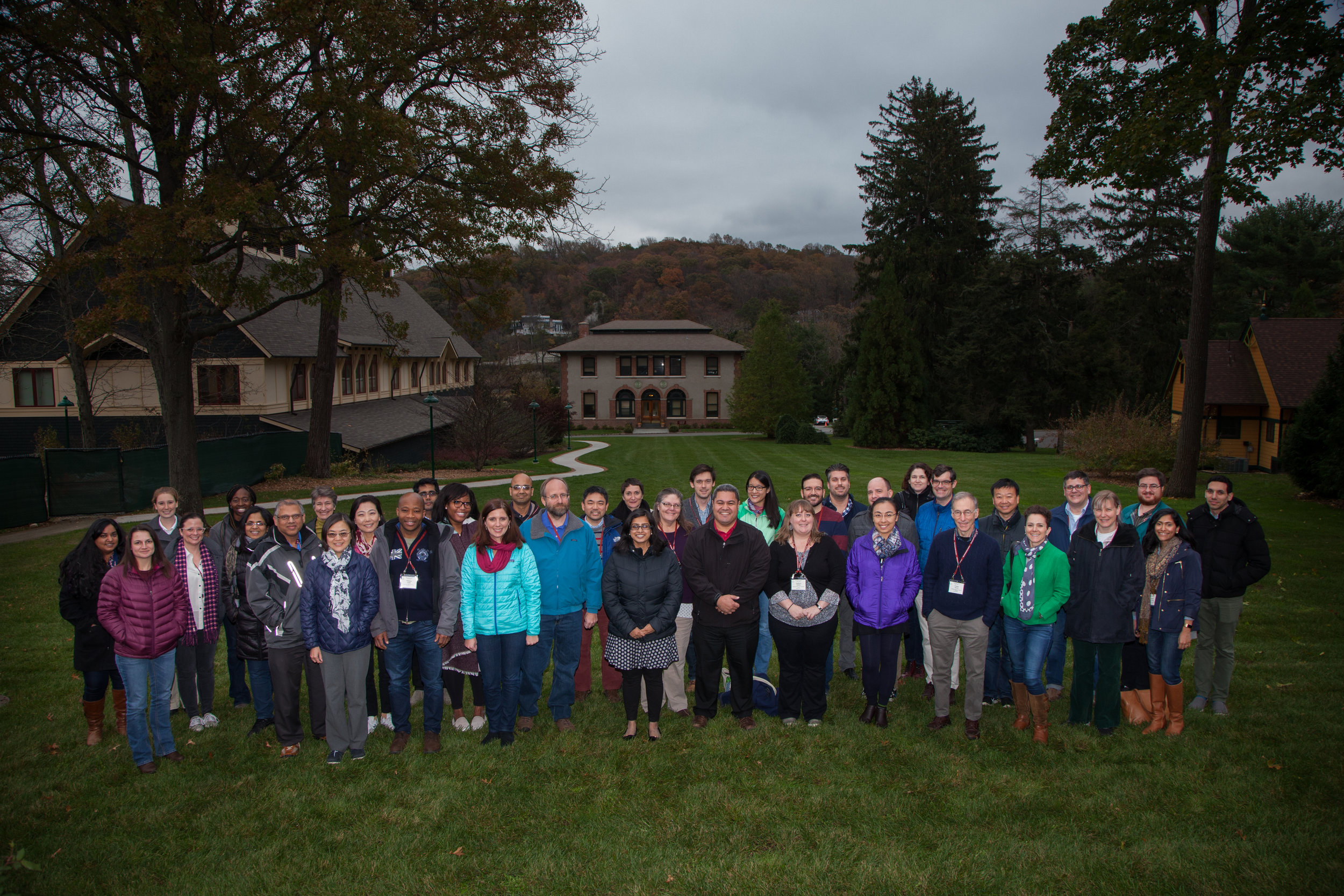Meet Maggie McCoy of Syracuse University. The first year graduate student is a member of Dr. Melissa Pepling’s lab and is about to embark on a new lab project that will require the analysis of large genomic data sets. She came down to Cold Spring Harbor for her first CSHL course – The Genome Access Course – where she participated in an intensive two-day introduction to bioinformatics and the various tools available to her and her work.
What are your research interests? What are you working on?
I am interested in reproductive biology, specifically how female eggs (oocytes) develop. Women have about 6-7 million eggs while they are in-utero, but before birth women will lose about 2/3 of their eggs and this decline continues throughout development. Our lab studies this phenomenon in mice. Female mouse germ cells undergo a series of incomplete cell divisions resulting in clusters called cysts. Soon after birth, mouse germ cell cysts break down into individual oocytes to form primordial follicles. During cyst breakdown, a subset of oocytes in each cyst dies by programmed cell death with only a third of the initial number of oocytes surviving. The long-term goal of our work is to understand the mechanisms that regulate cyst breakdown, and why this early oocyte loss occurs.
How did you decide to make this the focus of your research?
My mother had children at an older age, and now that I’m studying reproductive biology, I realize how fortunate my mother was to be able to have children when she was ready. Sometimes I think women feel biological pressures to have kids while they are younger because reproduction can become much harder later in life and egg loss increases with age. Males, on the other hand, can constantly produce sperm throughout their lives. This biological dilemma was what drew me to reproductive biology research.
How did your scientific journey begin?
I was always interested in science; constantly begging my mom to let me mix cornstarch and water because it made such a cool dynamic mixture. In high school I took AP chemistry with an awesome teacher who really pushed us to understand the material at a broader level, and how we would apply this. For my final project in that class I synthesized polymer strings from two different chemicals and was able to collect these “strings” and braid them. Watching something physical and 3D be made from solutions was incredible.
Was there something specific about The Genome Access Course that drew you to apply?
I am starting a new project in the lab that will look into how anesthesia administered to a pregnant subject may affect the germ cells of the offspring. I will need to analyze genomic data with bioinformatic tools. Our lab doesn’t often work with large genomic data sets, so I thought this course would be a good introduction into genomic work.
What and/or how will you apply what you’ve learned from the course to your work?
I learned a lot about available bioinformatic tools that will help me with my work; such as ENSEMBL, Encode and galaxy that can used to analyze data. Before this course I didn’t know many of these sites existed or how to access them.
What is your key takeaway from the course?
There is so much research that can be done from genomics work, and there are so many tools to help you analyze your data. One of my biggest takeaways was that because there are so many tools available, it can be hard to know which genome browser you should use, or what filter to set. While this is true, the instructors emphasized that I shouldn’t be afraid to play around with different data sets and see how different analysis tools work because the only way to become comfortable with bioinformatics work is to practice.
If someone curious in attending this course asked you for feedback or advice on it, what would you tell him/her?
Definitely take it! Even if you have never worked with genomic data before, don’t be scared. This course will introduce you to so many bioinformatic tools and allow your research to grow.
What do you like most about your time at CSHL?
The campus was breathtaking. I had never been to Long Island before, and the Cold Spring Harbor Laboratory did not disappoint. It was a great opportunity to connect with other people from different backgrounds and see how we are all using genomics and bioinformatics in very different ways.
Thank you to Maggie for being this week's featured visitor. To meet other featured scientists - and discover the wide range of science that takes part in a CSHL meeting or course - go here.











